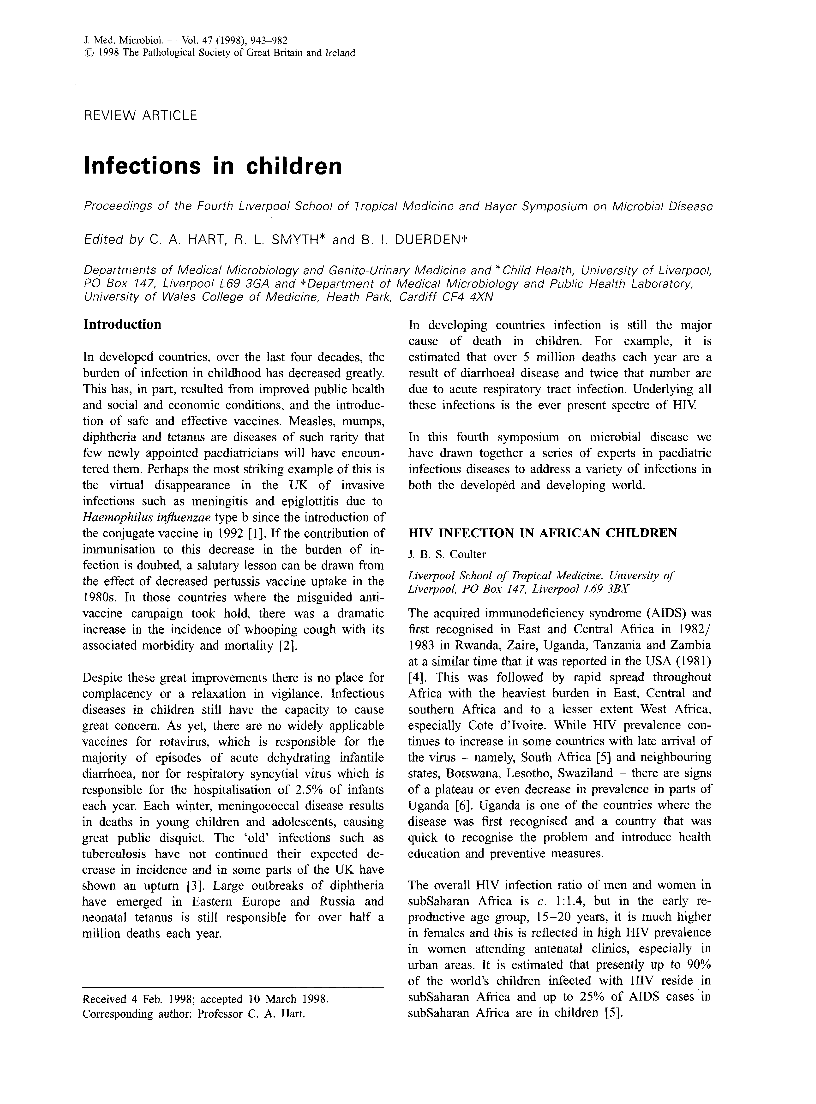
Full text loading...

Infections in children, Page 1 of 1
< Previous page | Next page > /docserver/preview/fulltext/jmm/47/11/medmicro-47-11-943-1.gif
There is no abstract available.

Article metrics loading...

Full text loading...
References


Data & Media loading...
